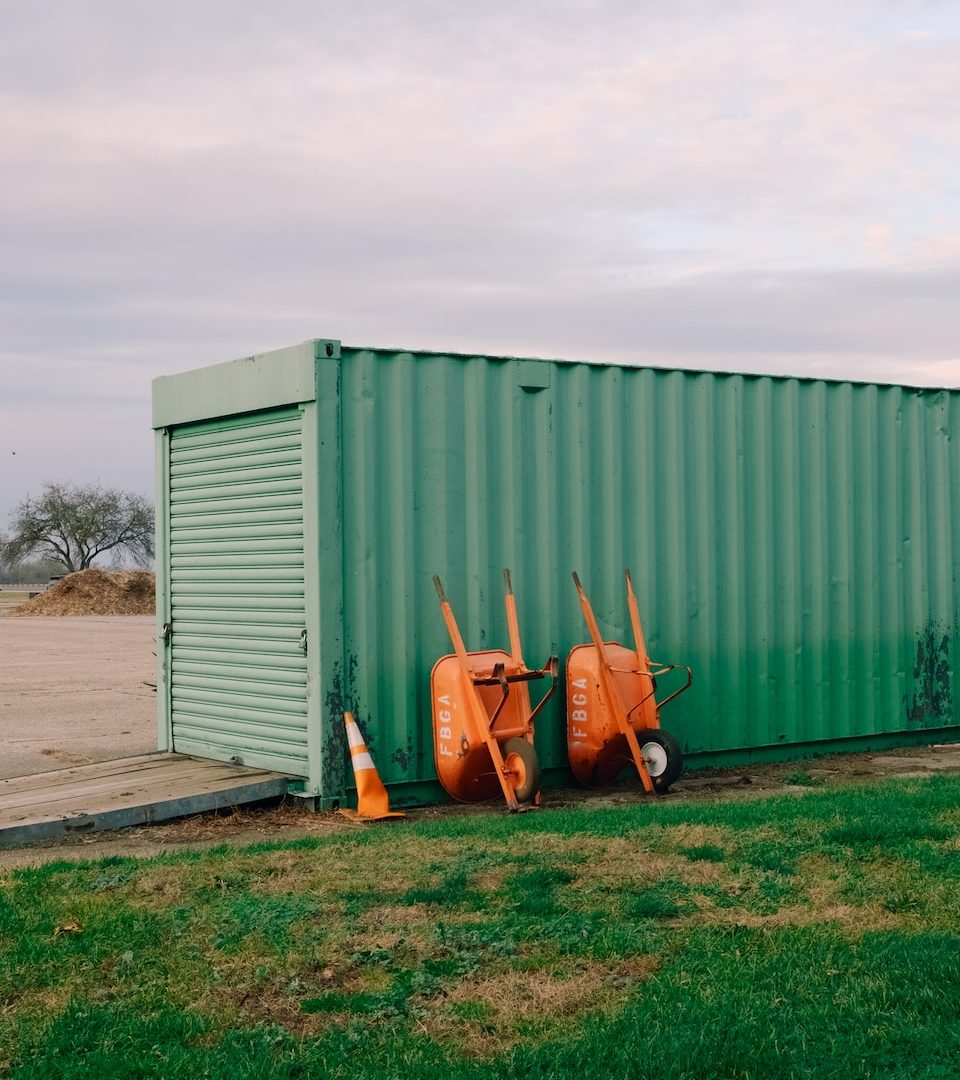In recent years, sea containers, aka shipping containers, have become integral components in the construction and oil & gas industries. Originally designed for transporting goods across oceans, these sturdy metal boxes have found a second life as versatile and cost-effective solutions for various applications on construction sites and in the oil and gas sector. In this blog post, we will explore the myriad uses of sea containers in these industries, showcasing their adaptability and efficiency in addressing diverse challenges.
1. On-Site Storage Solutions
One of the primary applications of sea containers in construction and oil and gas sites is providing on-site storage. These containers offer secure and weather-resistant storage spaces for tools, equipment, materials, and other essential items. Their robust structure ensures protection against harsh environmental conditions, safeguarding valuable assets from theft, vandalism, and damage.
2. Portable Offices and Workspaces
Sea containers are easily transformed into portable offices and workspaces, providing a convenient solution for project managers, engineers, and other personnel working on-site. With proper insulation, ventilation, and electrical installations, these containers create comfortable and functional office spaces, reducing the need for traditional construction and minimizing costs.
3. Customized Workshops
Construction and oil and gas sites often require specialized workshops for equipment maintenance and repairs. Sea containers can be customized to serve as dedicated workshops equipped with workbenches, tools, and storage, creating a self-contained environment for maintenance tasks.
4. Accommodation Units
In remote or temporary project locations, sea containers can be converted into living quarters or temporary accommodation units. By integrating insulation, plumbing, and electrical systems, these containers can provide comfortable living spaces for on-site personnel, reducing the need for expensive temporary housing solutions.
5. Emergency Response Centers
Sea containers are ideal for creating rapid response centers in the event of emergencies. These containers can be pre-equipped with medical supplies, communication equipment, and other essentials, ensuring a quick and organized response to unforeseen incidents on construction or oil and gas sites.
6. Customized Laboratories
For projects requiring specialized testing or analysis, sea containers can be transformed into laboratories. These containers provide a controlled environment for conducting experiments and quality control testing. Additionally, they support other scientific processes, all while maintaining mobility for projects that may require relocation.
7. Power Stations and Control Rooms
Sea containers are versatile for housing power generation equipment and control rooms, crucial for managing operations on construction and oil and gas sites. They provide a centralized and secure location, enhancing the efficiency and safety of the project through centralized power distribution and monitoring systems.
8. Waste Management Stations
Managing waste on construction and industrial sites is crucial for environmental sustainability. Sea containers can be repurposed into waste management stations, complete with sorting facilities and compactors, promoting responsible waste disposal practices.
Sea containers demonstrate transformative potential in construction and oil and gas sites due to their adaptability. They serve various purposes, including on-site storage, portable offices, accommodation units, and specialized workspaces. Sea containers provide a cost-effective and efficient alternative to traditional construction methods. As technology and design innovations progress, we anticipate witnessing more creative applications of sea containers in the dynamic landscape of construction and industrial projects.
By: Nate Nagle
